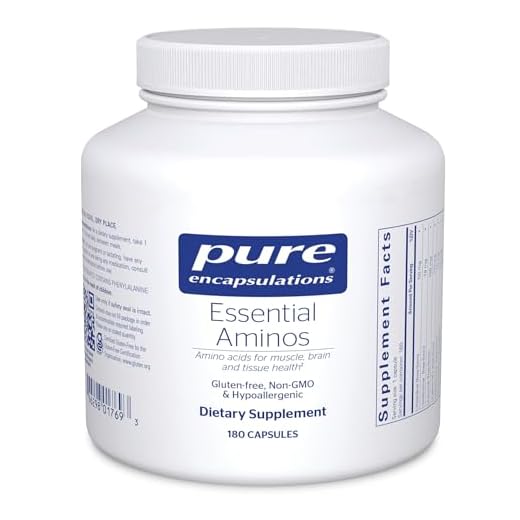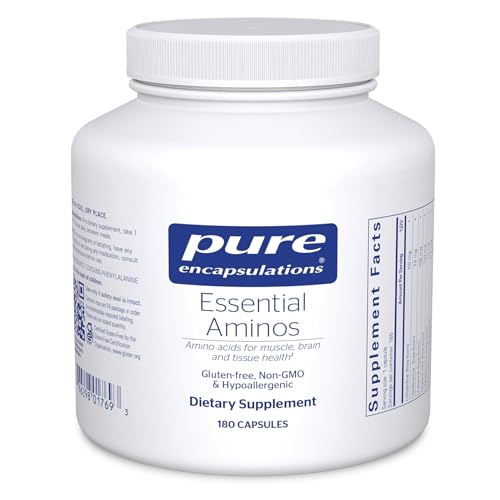



In the quest for maintaining a healthy and balanced lifestyle, the vital role of proteins cannot be overlooked. Their significance in providing energy and supporting essential bodily functions is unparalleled. However, have you ever wondered about the optimal amount of protein your system can effectively utilize in each meal without exceeding its capacity?
Exploring the boundaries of protein absorption and utilization, researchers have delved into understanding the body’s ability to process and assimilate this vital macronutrient. Unraveling the intricate mechanisms through which proteins are broken down and transported throughout the body can shed light on the optimal portion sizes for maximizing their nutritional benefits.
Unveiling the numerous factors influencing protein digestion, absorption, and utilization, this article endeavors to navigate through the complex world of protein metabolism. By examining the limitations and capacities of the human body, we can better comprehend how to optimize protein intake in order to enhance overall nourishment efficiency.
Protein Digestion and Absorption
The breakdown and assimilation of protein in the human body play a crucial role in supporting various physiological functions. Understanding the process of protein digestion and absorption sheds light on how our bodies effectively utilize this essential nutrient.
1. Protein Digestion
Protein digestion begins in the stomach, where it is disrupted by stomach acid and the enzyme pepsin. Undigested proteins then continue their journey to the small intestine, where pancreatic enzymes, such as trypsin and chymotrypsin, further break them down into smaller peptides and amino acids.
These smaller compounds are easier for the body to absorb and utilize. The final stages of protein digestion occur in the brush border of the small intestine, where enzymes like peptidases and dipeptidases break the remaining peptides down into individual amino acids.
2. Protein Absorption
Once proteins are broken down into amino acids, their absorption takes place in the small intestine. The small intestine is lined with microscopic finger-like projections called villi, which increase the surface area available for absorption.
Specialized transporters on the surface of the enterocytes, the cells that line the small intestine, facilitate the absorption of amino acids. These transporters actively transport amino acids from the intestine into the bloodstream, where they can be transported to various cells in the body for growth, repair, and other metabolic processes.
In conclusion, protein digestion involves the breakdown of proteins into smaller peptides and amino acids, which are then absorbed in the small intestine. This intricate process enables the body to efficiently utilize the vital building blocks provided by dietary protein.
Factors Affecting Protein Utilization
In the realm of protein utilization, there are multiple factors that come into play, impacting the efficiency and effectiveness of how the body processes and utilizes this vital macronutrient. Understanding these various factors can shed light on the complexity and intricacies of protein utilization in the human body.
Metabolic Rate
One of the key factors influencing protein utilization is an individual’s metabolic rate. Metabolic rate refers to the speed at which the body converts food into energy. Those with a higher metabolic rate may have a greater capacity to process and utilize protein efficiently. On the other hand, individuals with a lower metabolic rate may require lesser amounts of protein to satisfy their body’s needs.
Dietary Composition
The composition of an individual’s diet can also impact protein utilization. Consuming a balanced diet that includes a variety of protein sources can provide the necessary amino acids for optimal utilization. Different protein sources possess varying amino acid profiles, and consuming a diverse range of sources ensures a greater chance of obtaining all essential amino acids. This diversity can promote better protein utilization and overall nutritional balance.
Bioavailability
The bioavailability of protein refers to how readily the body can absorb and utilize the protein present in food sources. Factors such as the source, processing, and preparation methods can influence the bioavailability of protein. Generally, animal-based protein sources tend to have higher bioavailability compared to plant-based sources. However, combining plant-based protein sources can enhance bioavailability by complementing amino acid profiles.
Nutritional Status
An individual’s nutritional status can also affect protein utilization. Factors such as overall diet quality, nutrient deficiencies, and health conditions can impact the body’s ability to effectively process and utilize protein. Adequate intake of other essential nutrients, such as vitamins and minerals, is crucial for optimal protein utilization and overall nutritional well-being.
Understanding the various factors that influence protein utilization can aid in making informed dietary choices. By considering metabolic rate, dietary composition, bioavailability, and nutritional status, individuals can optimize protein utilization and promote overall health and wellness.
Recommended Protein Intake Guidelines
When it comes to ensuring a balanced diet, protein intake plays a crucial role in supporting various bodily functions. It is important to understand the recommended guidelines for protein intake in order to meet your nutritional needs effectively.
1. Recommended Daily Protein Intake
According to nutritional experts, the recommended daily protein intake varies depending on the individual’s age, sex, weight, and activity level. Generally, for adults, the recommended dietary allowance (RDA) suggests consuming between 0.8 to 1 gram of protein per kilogram of body weight. However, athletes, pregnant or breastfeeding women, and individuals recovering from certain medical conditions may require higher protein intake.
2. Distribution of Protein Intake
Research suggests that evenly distributing protein intake throughout the day may be more beneficial compared to consuming a high amount of protein in one meal. This approach allows for efficient protein utilization and synthesis in the body, supporting muscle growth, maintenance, and overall health. Incorporating protein-rich foods into each meal and snack can help meet the recommended daily intake while optimizing protein digestion and absorption.
| Age Group | Recommended Daily Protein Intake (grams per kilogram of body weight) |
|---|---|
| Adults (19-59 years) | 0.8-1.0 g/kg |
| Elderly (60 years and older) | 1.0-1.2 g/kg |
| Athletes | 1.2-2.0 g/kg |
| Pregnant/breastfeeding women | 1.1-1.6 g/kg |
It’s important to note that these recommendations are general guidelines, and it is always advisable to consult with a healthcare professional or registered dietitian to determine specific protein needs based on individual circumstances.
FAQ,
What is the recommended amount of protein that the body can process per meal?
The recommended amount of protein that the body can process per meal is around 20-30 grams.
Can the body process more protein if consumed in one meal?
No, the body has a limit on how much protein it can process per meal. Consuming more protein in one sitting won’t increase the amount that the body can process.
What happens if you consume more protein than your body can process per meal?
If you consume more protein than your body can process per meal, the excess protein will likely be stored as fat or excreted from the body. It may also put strain on your kidneys and liver.






